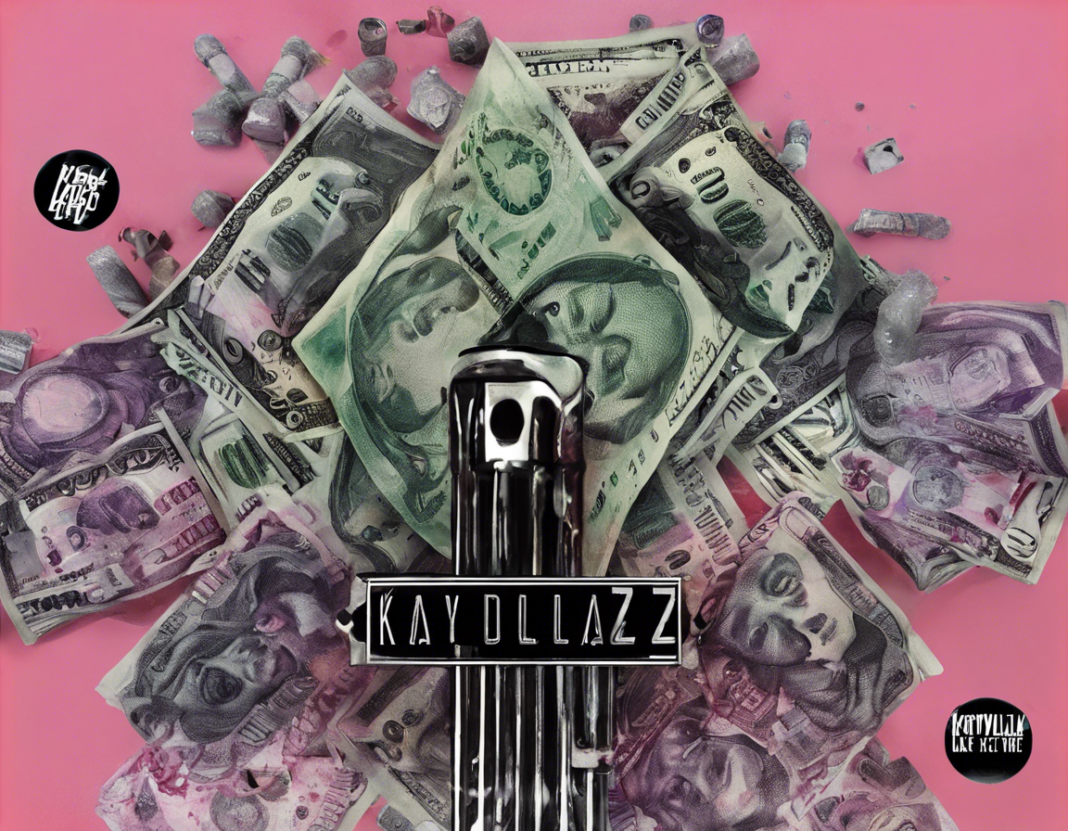In the world of social media, keeping up with the latest trends and scandals is no easy task. And when it comes to leaked content, the stakes are even higher. Recently, the internet has been abuzz with the Kaydollazz Leak, a controversial incident that has left many questioning the security of their personal information online. In this post, we will delve into the details of the leak, discuss its impacts, and provide tips on how to protect yourself from similar breaches in the future.
The Kaydollazz Leak: A Brief Overview
The Kaydollazz Leak refers to the unauthorized disclosure of personal data belonging to the popular social media influencer, Kayla (aka Kaydollazz). The leak, which occurred on [date], involved the exposure of sensitive information such as email addresses, phone numbers, and private messages. This incident has raised concerns about the privacy and security of online content creators, as well as the general public.
How Did the Leak Happen?
While the exact details of the Kaydollazz Leak are still unclear, it is believed to have originated from a security breach on one of Kayla’s social media accounts or third-party platforms she used. Hackers or malicious actors were able to gain access to her data and subsequently share it online without her consent. The leak serves as a stark reminder of the importance of safeguarding personal information in the digital age.
Impacts of the Leak
The Kaydollazz Leak has had far-reaching consequences, not only for Kayla but also for her followers and the online community at large. Some of the key impacts include:
-
Privacy Concerns: The leak has heightened concerns about online privacy and the vulnerability of personal data stored on social media platforms.
-
Reputation Damage: Kayla’s reputation as an influencer has been tarnished by the leak, leading to a loss of trust among her followers and potential sponsors.
-
Legal Ramifications: The unauthorized disclosure of personal information may have legal implications for both the perpetrators of the leak and any individuals who have shared or distributed the data.
Protecting Yourself from Data Leaks
In light of the Kaydollazz Leak and other similar incidents, it is essential to take proactive steps to protect your personal data online. Here are some tips to help safeguard your information:
-
Use Strong Passwords: Create unique, strong passwords for each of your online accounts to reduce the risk of unauthorized access.
-
Enable Two-Factor Authentication: Add an extra layer of security by enabling two-factor authentication on your accounts.
-
Be Mindful of Phishing Scams: Watch out for phishing emails and messages that may trick you into revealing sensitive information.
-
Limit Information Sharing: Be cautious about the personal information you share online and review the privacy settings on your social media accounts.
-
Stay Informed: Keep yourself updated on the latest cybersecurity threats and best practices for online safety.
Frequently Asked Questions (FAQs)
-
What should I do if my data has been leaked?
If you suspect that your data has been leaked, immediately change your passwords, report the incident to the relevant platform or authorities, and monitor your accounts for any unusual activity. -
Is it safe to store personal information on social media platforms?
While many social media platforms have security measures in place, it is advisable to limit the amount of personal information you share online and regularly review your privacy settings. -
Can I take legal action against the perpetrators of a data leak?
Depending on the circumstances, you may have legal recourse against individuals or entities responsible for leaking your data. Consult with legal professionals to understand your options. -
How can I check if my data has been compromised in a leak?
Websites like Have I Been Pwned allow you to check if your email address or personal information has been compromised in known data breaches. -
What role do social media platforms play in preventing data leaks?
Social media platforms have a responsibility to secure user data and mitigate the risk of breaches. Users can also contribute by following secure practices and reporting suspicious activity.
In conclusion, the Kaydollazz Leak serves as a wake-up call for individuals and businesses alike to prioritize cybersecurity and data protection. By taking proactive measures to secure personal information and staying informed about online risks, we can help minimize the impact of data leaks and safeguard our digital identities.
